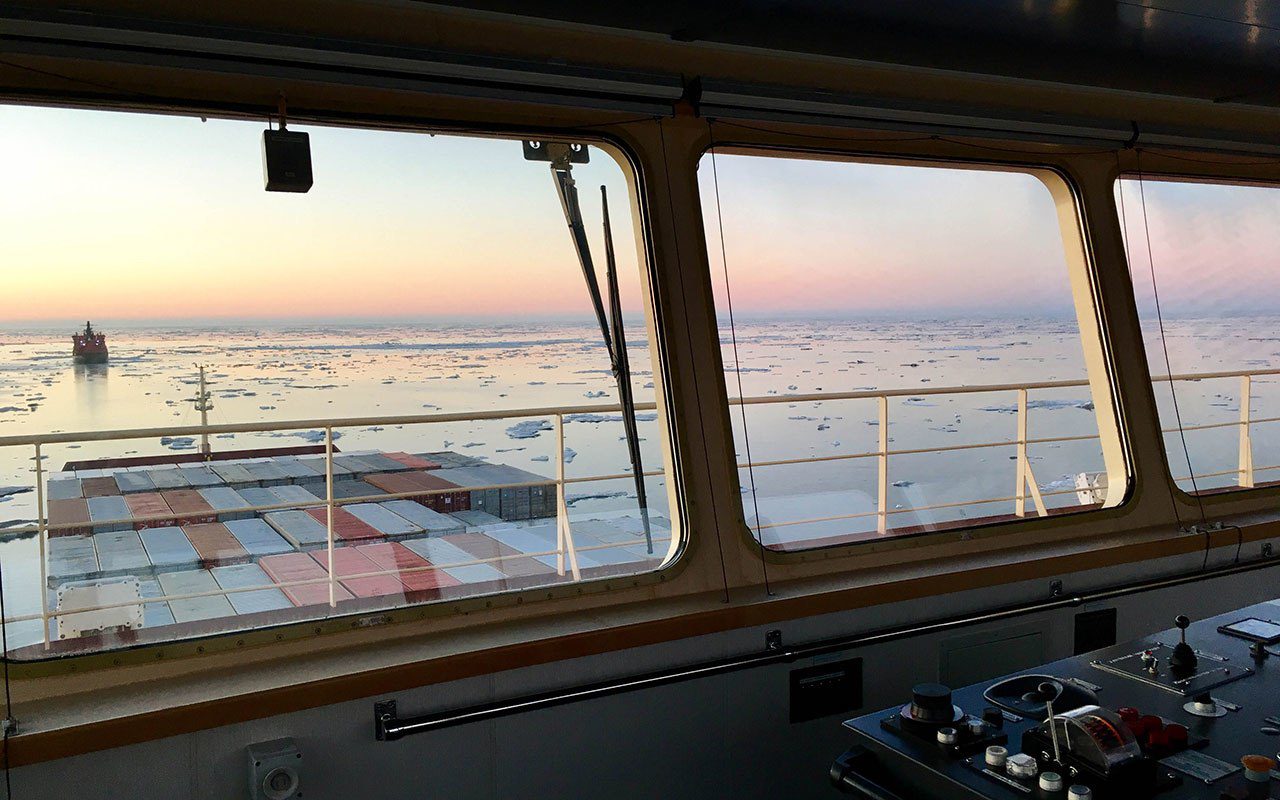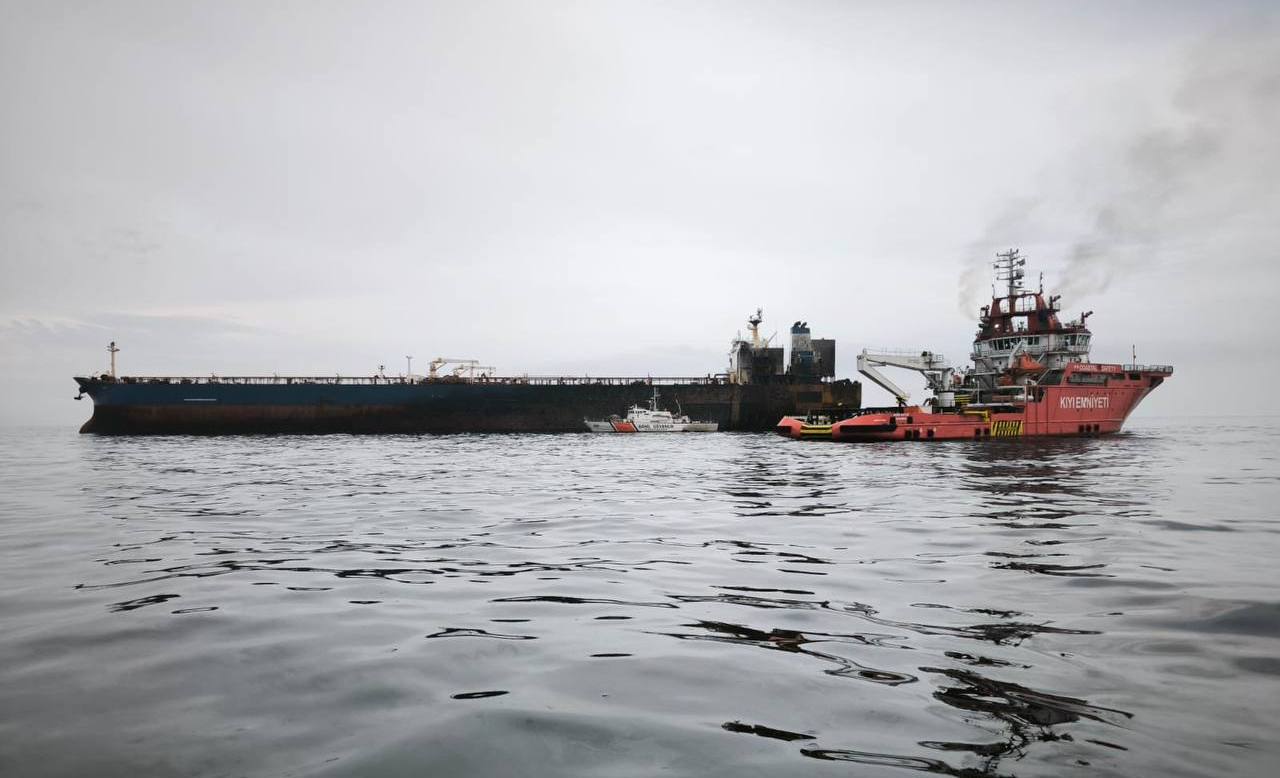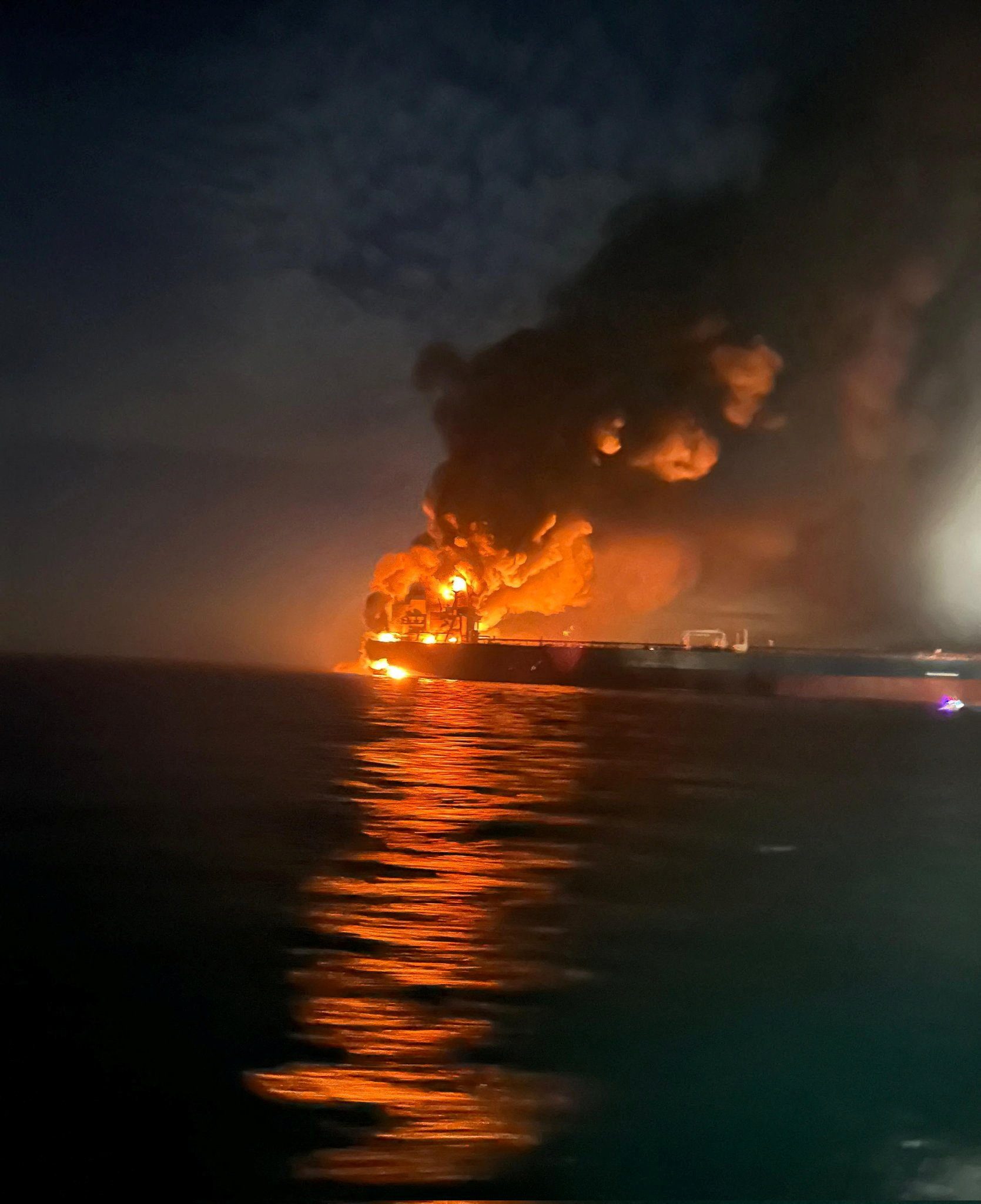Russia’s Arctic port of Arkhangelsk has developed into a key hub for containerized cargo. Last year the terminal saw ten export-import voyages by Chinese container vessels, up from just one the year prior. In total the port handled 13,500 standard twenty-foot containers (TEU) in 2024, compared to just 380 TEU during the preceding twelve months.
The increase is driven by several Chinese shipping companies making a push into the Arctic over the last several years. NewNew Shipping Line and EZ Safetrans Logistics established scheduled seasonal liner service along the Northern Sea Route connecting Russia to China. In total NewNew Shipping Line completed 17 voyages across the route last year.
For 2025 Arkhangelsk expects to double arrivals again to total of at least 20 vessels.
Russian officials also expect new cooperations with companies in Malaysia and India to pay dividends and replace Western operators who turned away from the Arctic for environmental and political reasons.
Prior to the full-scale invasion of Ukraine a number of European companies, including Danish Maersk, tested the Arctic waters. Since then, around 95 percent of cargo shipments, outside of hydrocarbon resources, flow between Russia and China.
Total cargo volume including bulk shipments at Arkhangelsk increased by 30 percent last year, with the port handling around 6 million tons. Its current capacity stands at 11 million tons allowing for further growth.
Expansion plans for a new deep-water port around 70 kilometers from Arkhangelsk are also in the works to receive larger vessels up to 75,000 dwt and container ships up to 5,000 TEU.
“We need to increase international cooperation, promote our port at all possible sites so that other countries know that there is Arkhangelsk, which has its own advantages, and it is possible to send virtually any cargo through our port in any direction and along the NSR, both to the east and to the west,” a Russian government official told Russian TASS.
Currently operators rely on existing but aging ice-class box carriers, including several Panamax-size vessels carrying up to 5,000 TEU. Russian officials and Chinese operators have announced plans for a fleet of newbuilding Arctic containerships to extend service availability into winter and spring.
Chinese state-owned operator COSCO completed around 100 general cargo voyages across the Arctic during the last ten years, but hasn’t sailed the route since 2022.

 Join The Club
Join The Club











